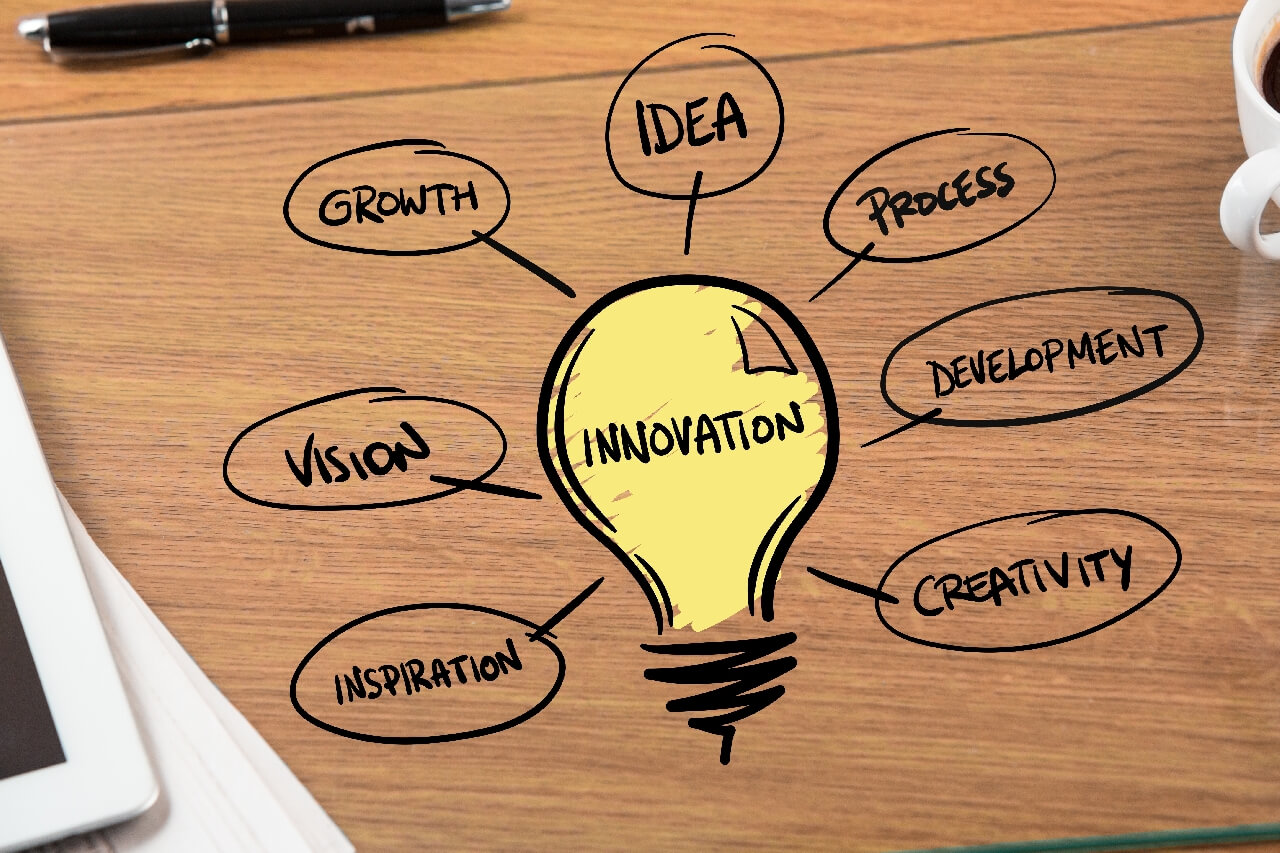
Value creation through Cost optimisation
Prashanth
- 0
- 45
The cost management team seeks to identify and maximize profit and reduce the risks associated with their portfolio. Yet most cost optimisation efforts are focused on improving cost-efficiency. This results in cost reduction, but not value creation. Optimising returns is a must to fully unlock the potential of the cost structure and unlock the value associated with it.
This article talks about the value creation strategies using the cost optimisation model and techniques.
It has been said that the best way to make money in business is to find a way to do something better, faster or cheaper than anyone else. In order to achieve this, businesses need to focus on cost optimisation. This involves streamlining processes, eliminating waste and reducing expenses wherever possible. By doing so, businesses can create more value for their customers while also improving their bottom line. It is important to measure the success of a cost optimisation initiative. This can be done by measuring the impact on revenue, profit, sales and productivity. A clear understanding of how these factors have changed can help businesses determine whether or not their initiatives are effective.
Value drivers are an important piece of the puzzle for cost optimisation programs. In this article, we outline drivers of value that can unlock significant upside through cost optimisation, Cost optimisation is a process used to reduce expenses and increase profitability. The benefits of cost optimisation are numerous, not only can you save money but you can also gain a competitive advantage over your competitors.
The benefits of cost optimisation
There are many benefits of cost optimisation. One of the most important is that it can help a company improve its bottom line. This is because by reducing the cost of goods and services, a company can increase its profits. Cost optimisation can also help a company become more competitive in the marketplace by making its products and services more affordable. Additionally, by streamlining its operations, a company can reduce its overhead costs, which will also improve profitability. Lastly, cost optimisation can help a company manage its cash flow more effectively. In other words, by improving its cost structure, a company can reduce its exposure to cash flow problems and thus preserve its capital.
This article discusses the benefits of cost optimisation in terms of three different categories: quality, productivity and profitability.
- In terms of quality, cost optimisation can help a company improve its product and service quality by reducing the number of defects in its products.
- In terms of productivity, cost optimisation can help a company reduce the cost per unit of output. This is because a company that has an efficient cost structure will have lower overhead costs and thus spend less on operations.
- In terms of profitability, cost optimisation can help a company reduce its fixed overheads costs by reducing the amount of money spent on manufacturing and administrative staff. This is because a company that has an efficient cost structure will have lower overhead costs and thus spend less on operations.
Identify and understand your costs
When it comes to understanding the cost of running an organisation, it’s important to identify and understand all of the different types of expenses. There are two main categories of organisational costs: operating costs and capital costs. Operating costs are those that are incurred on an ongoing basis in order to maintain or generate revenue, such as salaries, rent, and utilities. Capital costs, on the other hand, are one-time investments in fixed assets such as land or machinery.
It’s important to have a good handle on both your operating and capital costs in order to make informed decisions about your business. For example, if you’re thinking about expanding your operations, you’ll need to take into account the increased rent and utility bills that will come with the new space. Alternatively, if you’re looking to purchase some new equipment, you’ll need to consider the upfront cost of the investment.
Reduce waste and inefficiencies
In any company or organization, waste and inefficiencies can cause a drain on resources and operating costs. Reducing or eliminating waste can have a positive impact on the bottom line.
There are many ways to reduce waste and inefficiency in the operation of a company. One way is to streamline processes and eliminate unnecessary steps. Another way is to use technology to improve efficiency. For example, using bar codes or scanning devices to track inventory can help to prevent overstocking or shortages.
Another way to reduce waste is by training employees on how to be more efficient in their work. This includes teaching them how to properly use equipment and supplies, as well as how to optimize their workflow. In addition, encouraging employees to come up with new ideas for improving efficiency can help identify areas where improvements can be made.
Streamline your processes
When you’re running a business, every process counts. Streamlining your processes can help make your business more efficient and profitable. Here are a few tips for streamlining your processes:
1. Identify and eliminate redundant steps.
2. Simplify complex procedures.
3. Automate wherever possible.
4. Train employees to follow procedures correctly.
5. Standardize procedures across departments.
6. Keep process documentation up to date.
7. Share information and work in teams.
8. Use a process mapping tool.
Automate where possible
As businesses strive to become more efficient and cost-effective, the use of automation is becoming an increasingly popular solution. Automation allows tasks or processes that are repetitive or time-consuming to be completed quickly and efficiently, often without the need for human intervention. This can lead to significant cost savings, as well as increased efficiency and accuracy.
Consider a company that manufactures a product. Automating the production process can improve quality and consistency while reducing lead times and improving efficiency. This allows the company to produce more products in a shorter time frame, which increases its market share and drives down the cost of the product. In this way, automation creates value for both the business and its customers.
There are a number of areas where automation can be used in a business. Some of the most common include:
-Processes: Automating routine processes can save time and improve accuracy.
-Data entry: Automating data entry can speed up the process and reduce errors.
-Communications: Automating communications can help to improve efficiency and reduce costs.
-Financial transactions: Automating financial transactions can save time and money.
– Customer service: Automating customer service can make life easier for employees.
-Production: Automating production processes can save time and money.
-Logistics: Automating logistic processes can speed up delivery times and reduce errors.
Use technology to your advantage
Technology has revolutionised the way businesses operate. It has helped businesses to become more efficient and cost-effective. Technology has also helped businesses to create more value for their customers.
Businesses can use technology to optimise their costs. For example, businesses can use technology to reduce the amount of paper that they use. They can also use technology to automate tasks, which will help them to save time and money.
Businesses can also use technology to create value for their customers. For example, businesses can use technology to provide better customer service. They can also use technology to develop new products and services that meet the needs of their customers.
Challenges in Cost-optimisation
There are a number of challenges in cost optimisation for an organisation. One issue is that different parts of the business may have different views on what constitutes a necessary expense. For example, marketing may see branding and advertising as critical, while accounting may see these as unnecessary expenses that can be cut to save money. Another challenge is that departments may be reluctant to change their spending habits, even if it means incurring additional costs. This can be due to a lack of understanding of how changes in spending will impact the bottom line or due to political factors within the organisation. Finally, making changes to spending can be difficult given the many bureaucratic hoops that need to be jumped through. Often, there is a long lead time before any action can be taken, and this can lead to frustration on the part of those looking for ways to reduce costs.
Final Thoughts
In conclusion, Cost optimisation Techniques are valuable tools for businesses looking to create value for all the stakeholders. By reducing expenses and improving efficiency, businesses can improve their bottom line and become more competitive in the marketplace. While there are challenges associated with cost optimisation, the benefits are clear and can be a major contributor to business success. With careful planning and execution, businesses can reap the rewards of cost optimisation and create value for their shareholders.
There are a number of challenges in cost optimisation for an organisation. One issue is that different parts of the business may have different views on what constitutes a necessary expense. For example, marketing may see branding and advertising as critical, while accounting may see these as unnecessary expenses that can be cut to save money. Another challenge is that departments may be reluctant to change their spending habits, even if it means incurring additional costs. This can be due to a lack of understanding of how changes in spending will impact the bottom line or due to political factors within the organisation. Finally, making changes to spending can be difficult given the many bureaucratic hoops that need to be jumped through. Often, there is a long lead time before any action can be taken, and this can lead to frustration on the part of those looking for ways to reduce costs.
I hope the Value creation strategies discussed in this article have been of value addition to you. Would love to hear your thoughts on the same.
Can be reached via email – 01prashanth@gmail.com or a private message on LinkedIn if you would like to discuss this topic further.

